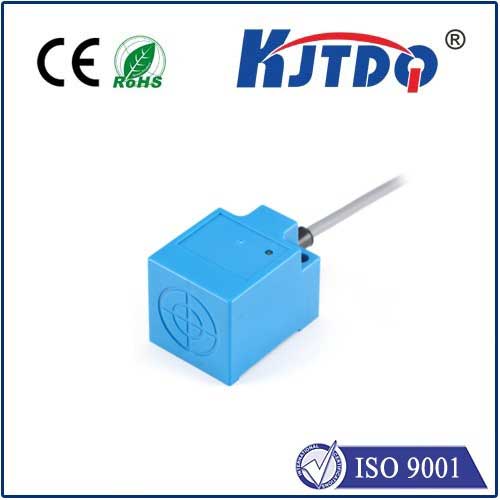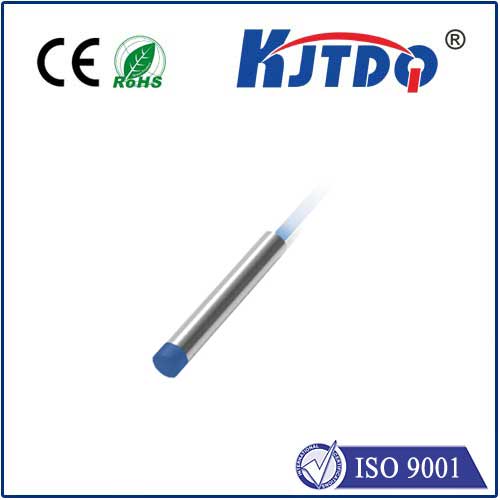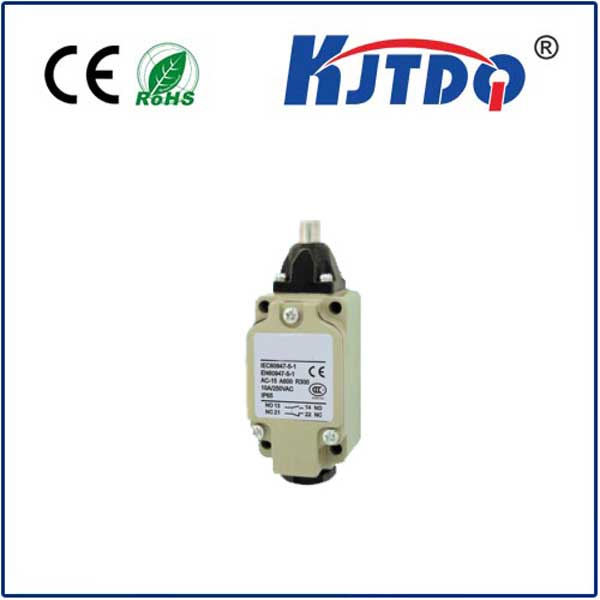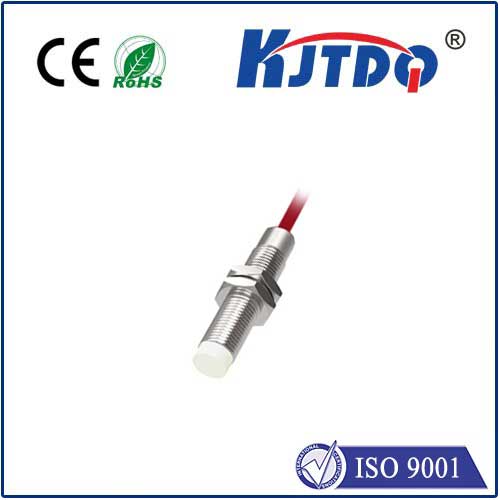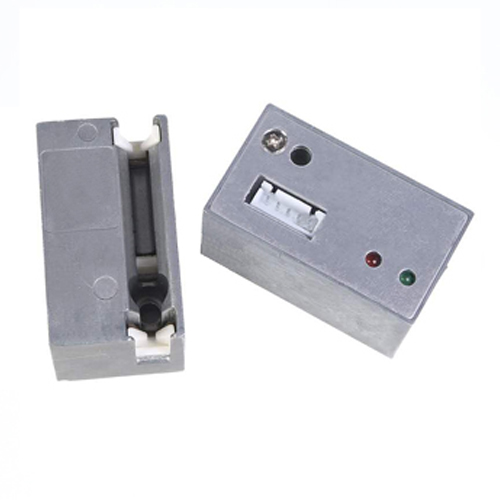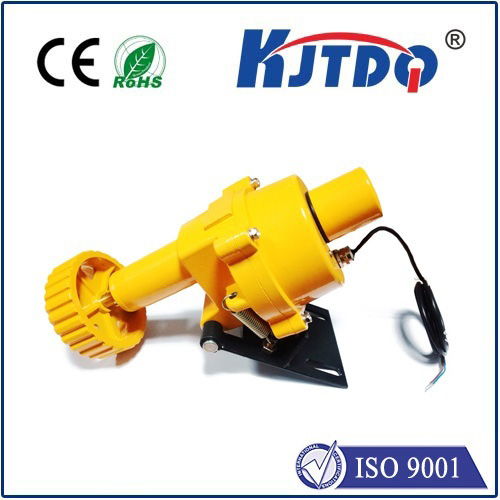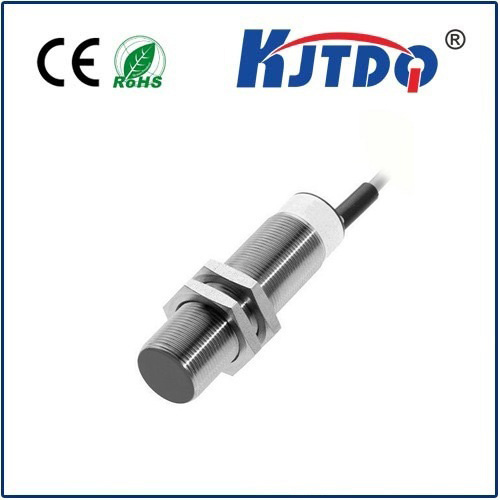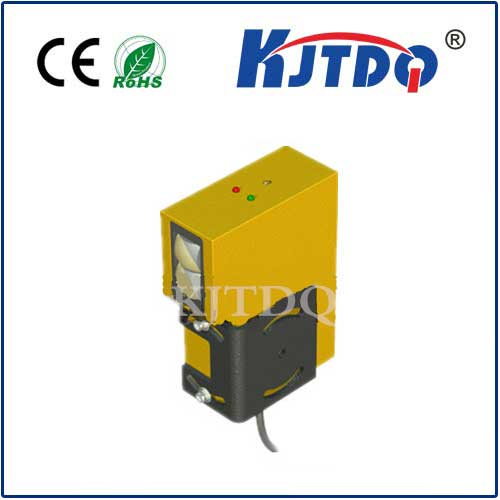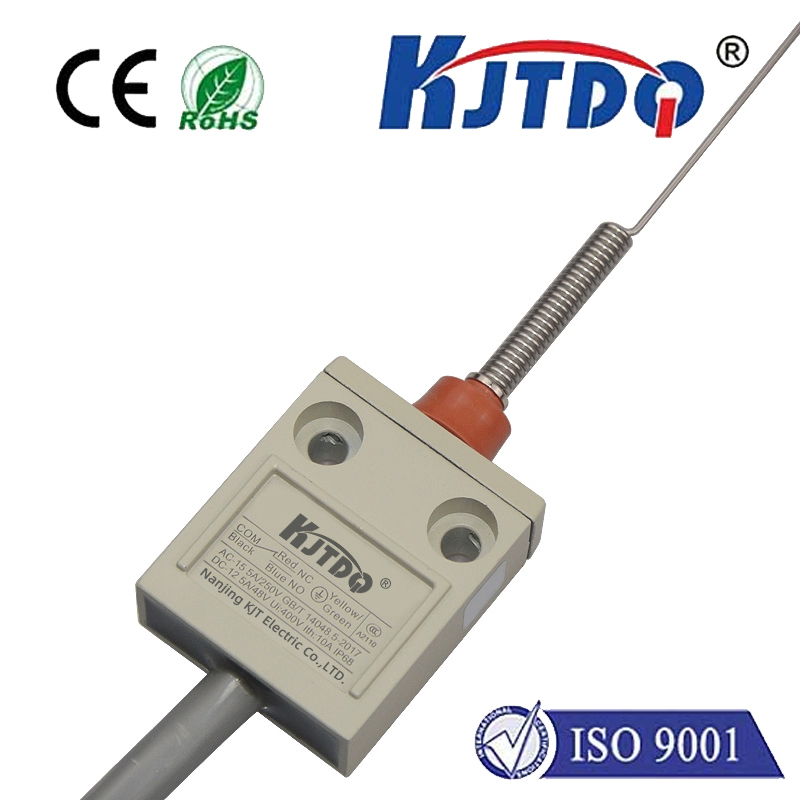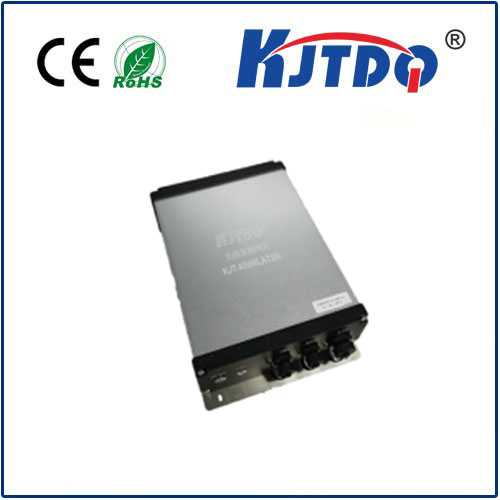

check

check

check

check
Imagine your Arduino Uno reacting to movement before anything even touches it – turning on lights as you approach, stopping a motor before a collision, or creating an interactive display. This is the power and practicality of integrating a proximity sensor with the ubiquitous Arduino Uno. This comprehensive guide dives into the how and why, empowering you to add distance sensing and object detection capabilities to your next project with ease and confidence.
The Arduino Uno remains the bedrock of electronics prototyping. Its simplicity, extensive community support, and vast array of compatible sensors and shields make it the ideal platform to explore proximity sensing. Proximity sensors act as the Uno’s digital eyes, detecting the presence or absence of objects within a specific range without physical contact. Understanding how to connect and program these sensors unlocks a world of interactive, responsive, and safety-conscious applications.
Why Proximity Sensing with Arduino Uno?
The synergy between Arduino Uno and proximity sensors stems from several key advantages:
Common Proximity Sensor Types for Arduino Uno
Not all proximity sensors work the same! Choosing the right one depends on your requirements (detection range, target material, environmental conditions, cost). Here’s a breakdown of the most popular types:

Infrared (IR) Proximity Sensors: These sensors emit infrared light and detect its reflection off an object. Common variants include:
Basic Reflectance Sensors: Use an IR LED and a phototransistor. Good for detecting nearby objects (typically 1-5 cm), often used in line-following robots. Output is usually digital (object present/not present) but can be analog. Key terms: IR reflective sensor, obstacle detection.
Sharp IR Analog Distance Sensors: (e.g., GP2Y0A21) Provide analog output voltage proportional to distance within a specific range (e.g., 10-80 cm). Offer better distance resolution than basic sensors. Ideal for medium-range detection.
Ultrasonic Sensors: (e.g., HC-SR04, US-100) These work by emitting high-frequency sound waves and measuring the time it takes for the echo to return. Excellent for longer ranges (typically 2 cm to 4 meters), reasonably accurate, and unaffected by object color or material (though sound-absorbing materials can be tricky). They require digital pins on the Arduino Uno for triggering the pulse and reading the echo duration. Key terms: ultrasonic distance sensor, ping sensor, HC-SR04 Arduino.
Capacitive Proximity Sensors: These detect changes in an electrostatic field caused by the presence of a conductive or even non-conductive object. They are excellent for detecting objects through non-metallic barriers (like glass or plastic) and are not affected by ambient light. While often used in industrial settings, smaller modules suitable for Arduino Uno are available. They usually provide a digital signal.
Connecting Your Proximity Sensor to the Arduino Uno
The wiring specifics depend entirely on your chosen sensor module. However, the general principles apply:
D2 or D3). Configure this pin in your code as INPUT.A0). Use analogRead() in your code.Trig pin to a Uno digital pin configured as OUTPUT. Connect the Echo pin to another Uno digital pin configured as INPUT.Programming the Arduino Uno with a Proximity Sensor
Arduino code for proximity sensors involves initializing communication, sending control signals (if needed, like triggering an ultrasonic pulse), reading the sensor’s response, and converting that response into useful data. Here are illustrative examples:
Example 1: Basic Digital IR Obstacle Sensor
const int sensorPin = 2; // Connect OUT pin of IR sensor to D2
void setup() {
Serial.begin(9600); // Start serial communication
pinMode(sensorPin, INPUT); // Set D2 as input
}
void loop() {
int sensorState = digitalRead(sensorPin); // Read sensor state
if (sensorState == LOW) { // LOW often means object detected (check your sensor!)
Serial.println("Object Detected!");
// Add action here: turn on LED, activate buzzer, stop motor...
} else {
Serial.println("All Clear");
// Add action for no object...
}
delay(50); // Short delay for stability
}
Example 2: Ultrasonic HC-SR04 Distance Measurement
const int trigPin = 9; // Connect Trig pin to D9
const int echoPin = 10; // Connect Echo pin to D10
void setup() {
Serial.begin(9600);
pinMode(trigPin, OUTPUT);
pinMode(echoPin, INPUT);
}
void loop() {
// Clear trigPin
digitalWrite(trigPin, LOW);
delayMicroseconds(2);
// Send 10μs pulse
digitalWrite(trigPin, HIGH);
delayMicroseconds(10);
digitalWrite(trigPin, LOW);
// Read echoPin pulse duration (μs)
long duration = pulseIn(echoPin, HIGH);
// Calculate distance in centimeters
float distance_cm = duration * 0.034 / 2; // Speed of sound = 0.034 cm/μs
Serial.print("Distance: ");
Serial.print(distance_cm);
Serial.println(" cm");
delay(100); // Adjust as needed
}
Bringing Proximity Sensing to Life: Project Ideas
The combination of Arduino Uno proximity sensor capabilities opens doors to countless applications:
